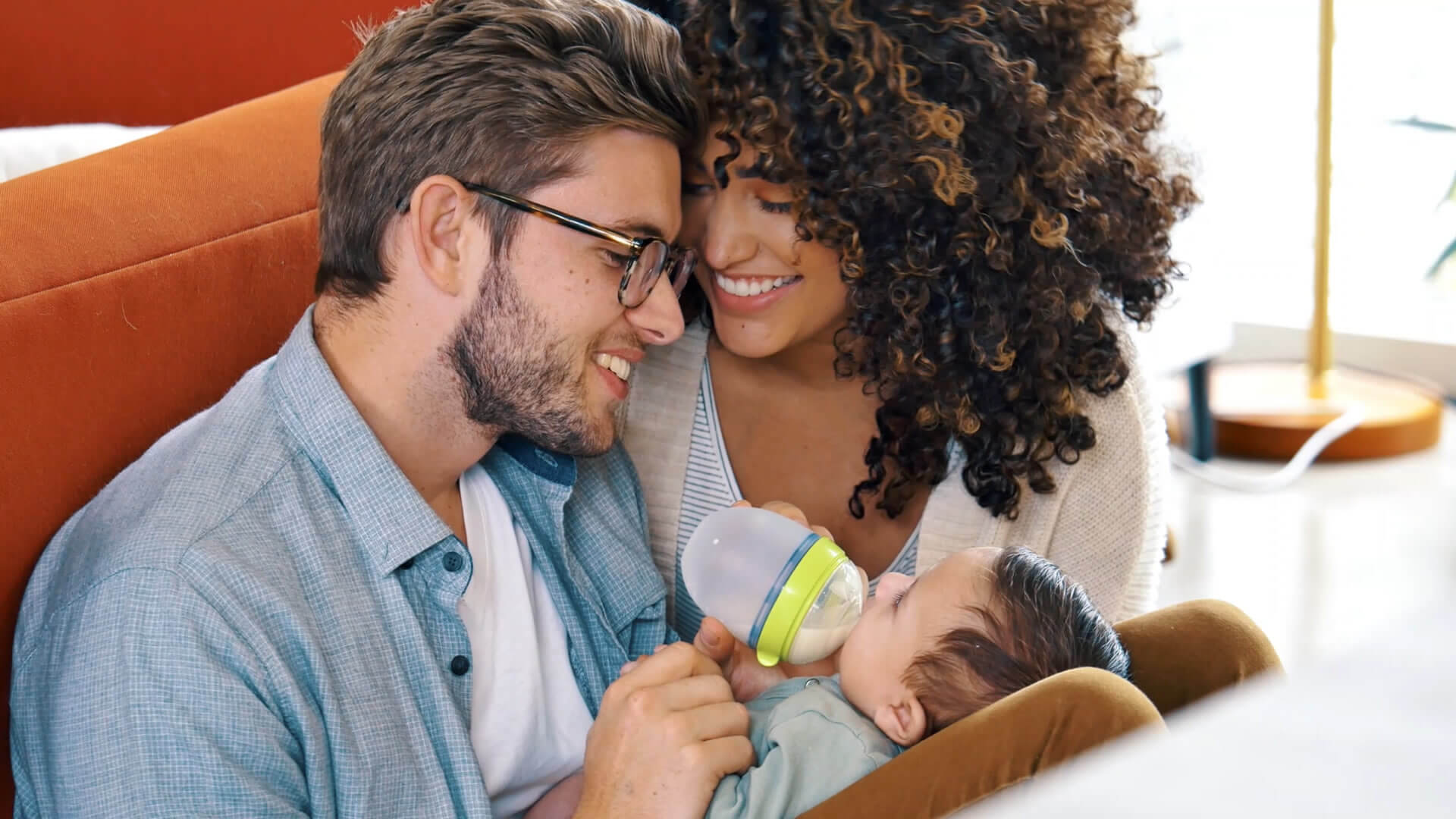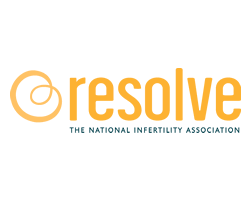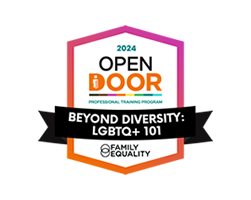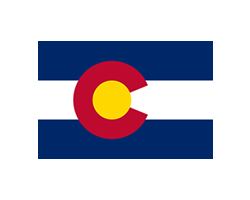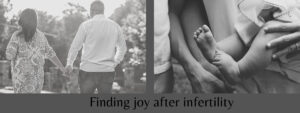
Christine and James didn’t have an easy road to becoming parents. Shortly after they were married, a blood test revealed that Christine had a very low AMH (anti-müllerian hormone) – an indicator of diminished ovarian reserve – and they were referred to a fertility specialist.
“The doctor guided us to do intrauterine insemination (IUI) to start. We did six rounds of IUI and nothing,” Christine says. “The real eye-opening experience was when we switched to in vitro fertilization (IVF) and were only getting two to three eggs. After the second failed IVF cycle with a fresh transfer, we decided to switch to donor eggs.”
For James, the decision was an easy one. “I didn’t have any reservations [about egg donation],” James says. “I was at the point where I just wanted to see Christine be happy as a mom and for us to be a family. That was one thing we struggled with. I don’t think I allowed her the time she needed to grieve the loss of the second transfer when it didn’t work. I was too quick to say, ‘Let’s look at donor profiles.’”
Christine agrees that the failed transfer was something she needed to overcome. And it was the support of James and her parents that gave her the momentum she needed to move forward.
“I was ready to get to the end goal of being a mom and having a happy, healthy baby. That helped me get over the hurdle,” Christine says. “Obviously, James was ready to move on, and my parents were ready, too. They were urging me that if the next cycle didn’t work, then it was time to move on. I was on the highest possible dose of hormones, and they were concerned. It helped to have people who cared about me pushing me in that direction.”
Finding their perfect donor
James was the first to look at donor profiles and says that while he looked at all the profiles, the donor they ended up choosing was the fourth or fifth profile he saw.
“She just jumped off the page,” James says. “I thought she was very similar to my wife, and that was important – we wanted there to be some similarities. They are physically similar, plus they were both Division II athletes in college and have a science background.
“The thing that put her over the top was what she wrote in the ‘in your own words’ section of her profile. It was just beautiful. She had an aunt and uncle who struggled with infertility for 10 years. She said she saw the pain it caused them and if she could help another couple not have to go through that pain, then that’s what she wanted to do.”
Christine says, “What she wrote in her profile spoke to me. I was very moved by it. I kept going back and reading her profile to make sure she was the right one. And every time, I felt like, ‘she’s it; there’s no one else who can compare to her.’”
A virtual meeting with the donor confirmed what they already knew. “We reached out to our coordinator and asked if we could meet the donor virtually,” Christine says. “We felt a connection and just really wanted to meet her. She agreed to it, and that really sealed the deal. She was phenomenal. It was about a half-hour conversation.”
“We could have kept going,” James says. “She said she was nervous and worried that we wouldn’t like her, but we were like, ‘No, we love you!’ She was the perfect donor for us.”
A difficult pregnancy
Like most intended parents, Christine and James thought that once they chose their donor, the hard part of their journey would be behind them. However, Christine was diagnosed with placenta previa, which meant they had more challenging days ahead.
“I thought I would get pregnant, and everything would be smooth sailing, but we still had hurdles to jump through to have a healthy baby,” Christine says.
Those hurdles included Christine spending the last month of her pregnancy in the hospital. Their son, Bo, was born four weeks early and spent 19 days in the NICU.
Christine and James were overjoyed to finally bring Bo home from the hospital, and they quickly settled into their new routine as a family of three. When asked what they are most looking forward to as new parents, James says, “I can’t wait to take him out to games. I’m a big sports fan, so I’m looking forward to having my little buddy to take with me.”
Christine adds, “I’m excited as he gets older to get him involved in sports, or whatever interests him. Just watching him grow and develop is what I look forward to most.”
Supporting other intended parents
Throughout their journey, Christine and James turned to other couples they connected with through Resolve: The National Infertility Association for support and encouragement. They attended virtual support groups together as a couple, and James also attended a support group for men.
“We felt so alone in the beginning because we didn’t know anyone else going through infertility,” James says. “The support groups instantly changed our perspective and made us feel more at ease. As we’ve grown stronger and more confident, and now that we have our son, we help other people.”
“It’s been the same group of people since we started. We all know each other and where everyone is in the process,” Christine says. “We’ve helped several couples decide to go the egg donor route because we’ve had such a positive experience.”
James, who sometimes facilitates the support groups when a regular leader is out, says that when it comes to choosing a donor, he encourages other intended parents to focus on what matters most to them and not compare their selection criteria to anyone else’s. “When you find the right donor, you’ll just know,” James says.
He also wants other intended parents to know that having a child through egg donation is every bit as special as having a child the traditional way.
“I don’t want other intended parents to think this process is like a second prize,” James says. “If it had worked out any other way, we wouldn’t have Bo, and he’s perfect to us. We love him just as much as if we’d been able to conceive with Christine’s eggs. Our donor-conceived children are not in second place. I think you need to believe that if you’re going to become a parent this way and do the work necessary to get to that mindset.”

We help Intended Parents Create Happy Families via Egg Donation & Surrogacy with the help of caring Egg Donors & Surrogates.
Donor sibling registry, egg donation process, Egg Donor Solutions, Intended Parents, Why use an agency?, Intended Parent Resources, Intended Parent Webinar, Getting started, Why our agency?, Selecting your donor.


